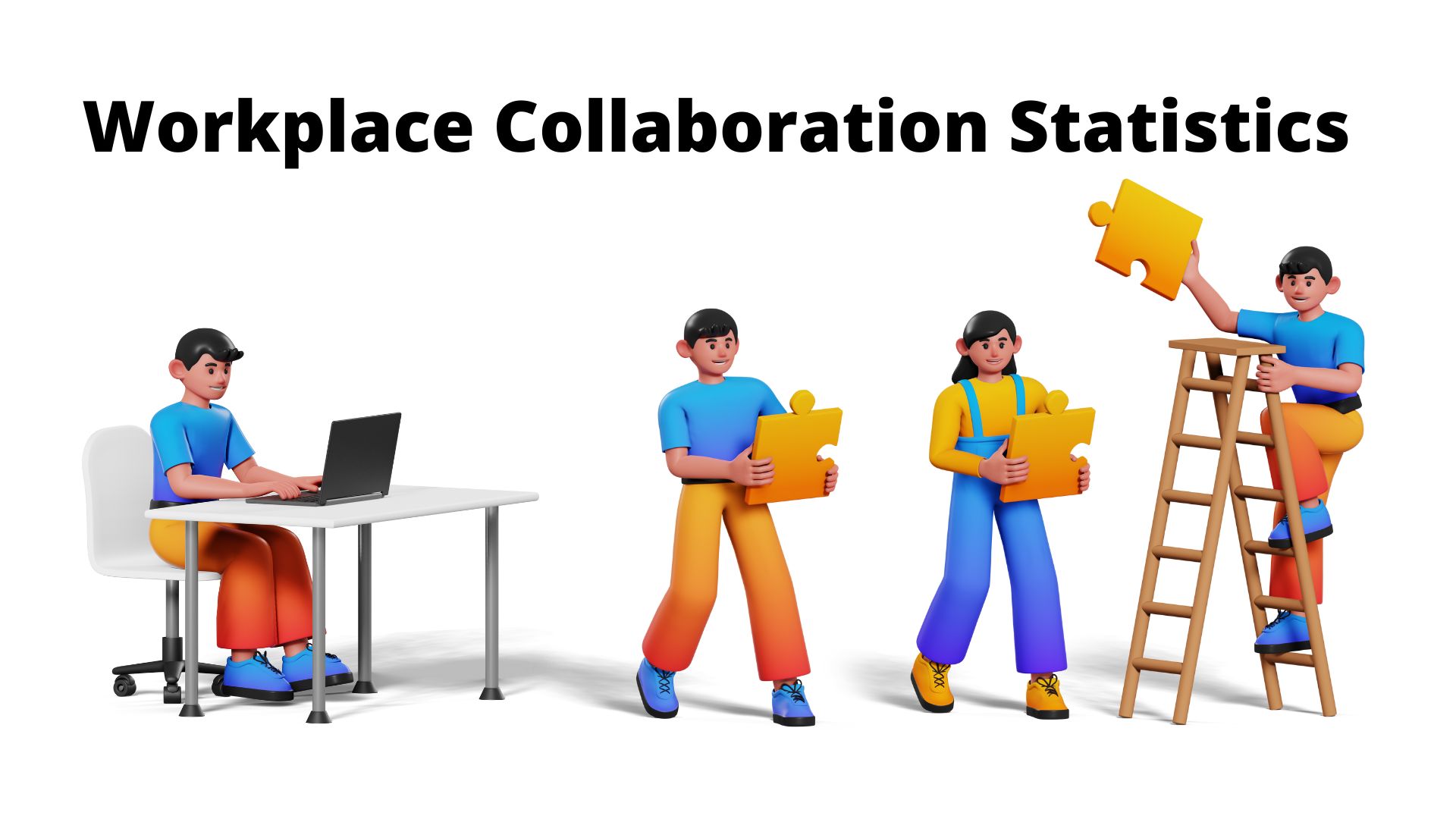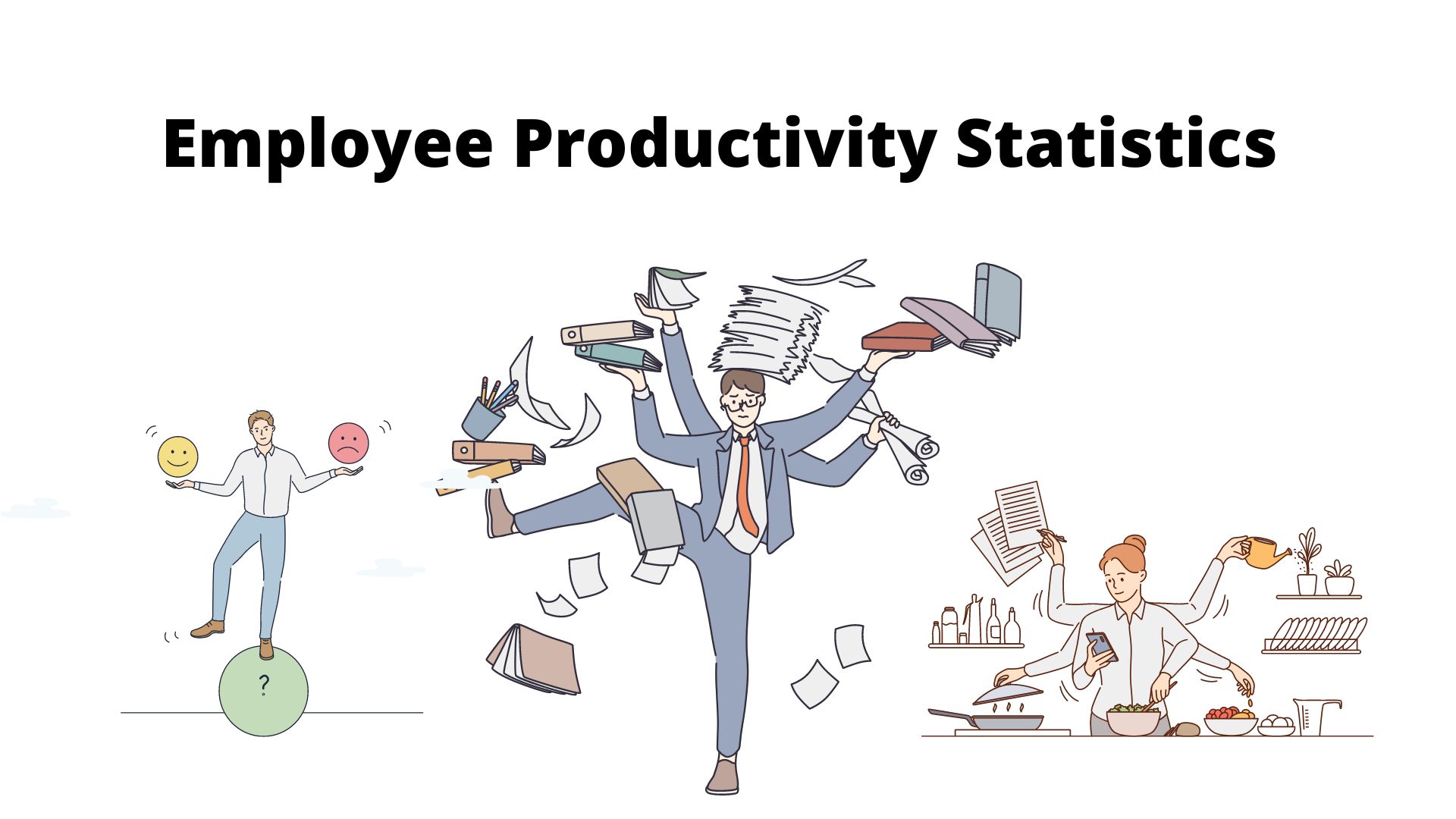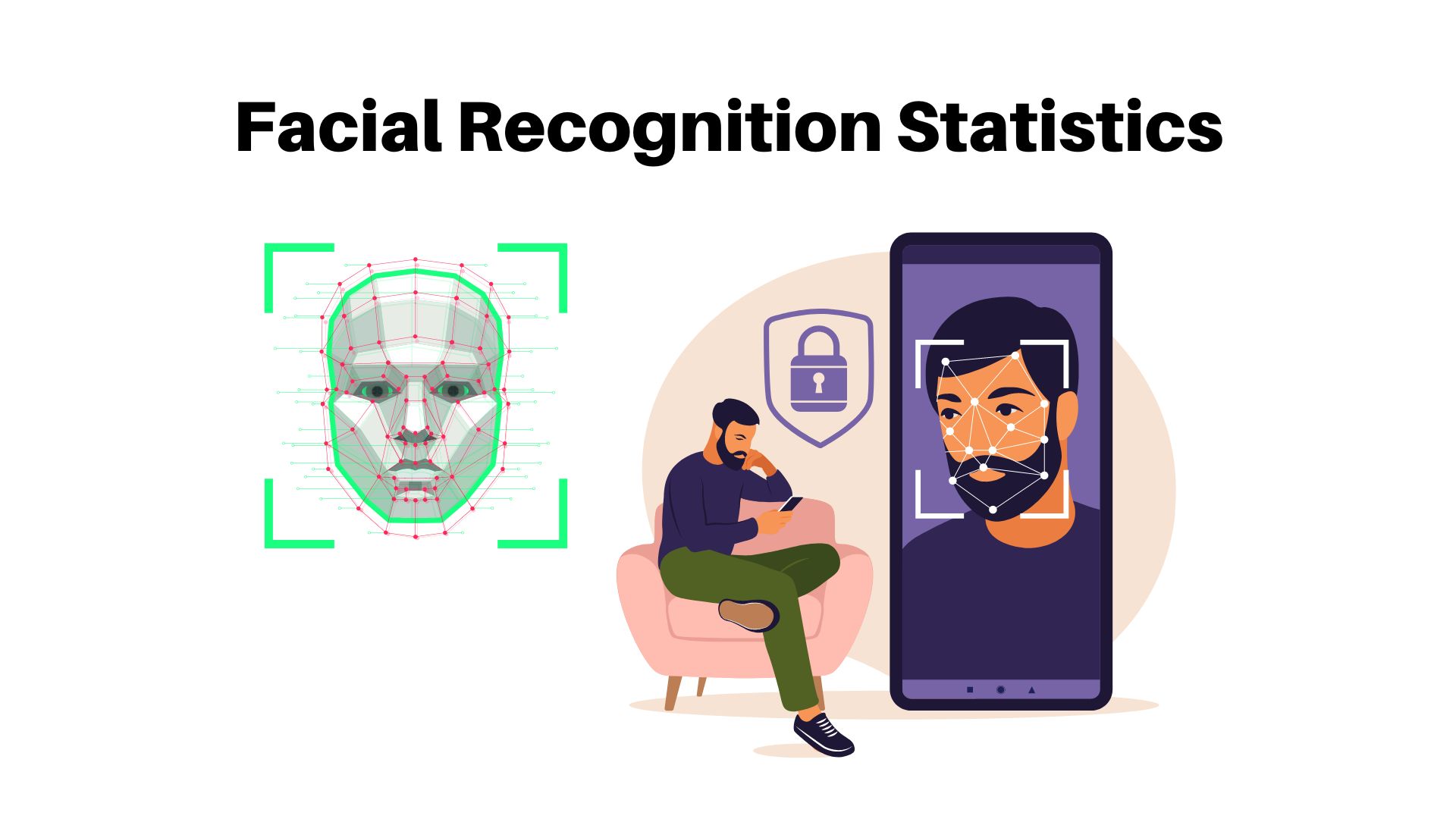Oracle Maps ‘Project Fusion’ Plans
REDWOOD SHORES, Calif. — Oracle launched its
first initiative today as a newly merged company.
Dubbed “Project Fusion,” the venture is part of Oracle's plan to
simultaneously support Oracle's acquired technology from PeopleSoft
and J.D. Edwards, as well as develop its next-generation merged product.
To do that, Oracle is dedicating some 8,000 developers from the three
companies to the project.
The initiative was initially designed to help quell the fears of
PeopleSoft and J.D. Edwards and their third-party developers.
Oracle reiterated that it will provide support for the PeopleSoft
Enterprise, J.D. Edwards EnterpriseOne and J.D. Edwards World product lines
through at least 2013.
As part of that support, Oracle CEO Larry Ellison
said the company would maintain rival database technologies, including
IBM's DB2 and Microsoft's
SQL
Server. Ellison also said Oracle would support rival middleware from IBM
and BEA, including Tuxedo.
“If completely new customers come to us, we will steer them to Oracle
products,” Ellison said. “There are some third-party products from very
small vendors. Some are so small that we don't know if they will be
around in 2013. So we will provide alternatives so we can meet all of
our support commitments.”
In the past three months, Oracle has reached out to more than 4,500
PeopleSoft and J.D. Edwards customers. The combined organizations
consist of more than 6,000 support staff in 16 global support centers
and more than 1,300 Oracle and PeopleSoft applications partners.
“The message is obviously to keep customers at all cost,” Joshua
Greenbaum, a principal analyst with Enterprise Applications Consulting,
told internetnews.com. “What will be interesting to see now is
how well they execute the contracts since everyone will have to review
their contracts with Oracle.”
Ellison touted Project Fusion as taking the best features, flows and
usability traits of the three companies and presenting them under the
banner of standards-based Java.
“For the first time, a major applications company is committing to a
standards-based environment,” the CEO said at the launch event here,
noting other proprietary offerings such as German-based SAP's ABAP
language and its NetWeaver software.
“SAP will have to respond to what we are doing like when they had to
move to a relational database model,” he said. “Starting from scratch
with NetWeaver is huge. Plus they don't have the underlying database.
When you adopt the suite of industry standard security model, you
inherent a lot.
“We think we can develop a class Java base with Report
Objects and Portal Objects. This is truly modern Internet-based
technology for tools and interfaces.”
Besides the Java Development Environment, Ellison said Project Fusion
is also founded on Internet standards like HTML, DHTML
and advanced user interfaces.
The first Project Fusion components, specifically data hubs and
transaction bases, are scheduled to appear in 2006, with initial
applications available in 2007. Oracle said its full Project Fusion
applications suite is scheduled for 2008.
As for supporting current contracts, Oracle said PeopleSoft
Enterprise 8.9 will be completed this year. Oracle E-Business Suite 12,
PeopleSoft Enterprise 9 and J.D. Edwards EnterpriseOne 8.12 are slated
for release in 2006.
In addition, Oracle is extending J.D. Edwards EnterpriseOne XE and 8.0
support to February 2007. Oracle said it will also adopt PeopleSoft's
current retirement policies in their software platforms, including J.D.
Edwards World.

Michael Singer is a career coach, podcast host, and author to help you step into a career you're excited about. Currently, He is a coach and trainer helping entrepreneurs and executives achieve business and leadership success. He is also an award-winning business journalist focused on the intersection of technology, Big Data, Cloud, SaaS, SAP, and other trending technology.



